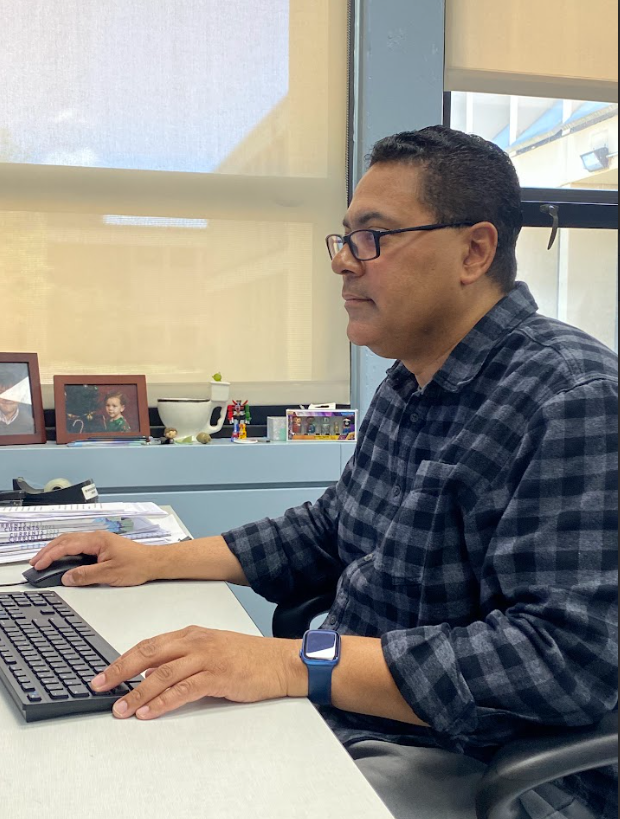Even though getting writing published can be a tough challenge, steps can be taken to improve a writer’s chances.
Aram Karapetyan
– Staff Writer –
Writing is a passion of many students at STLCC-Meramec, but writing also can be a very competitive field. Whether writers are serious about their writing or it is a hobby, most love to have their work read, but usually do not know where or how to get it published.
Even though getting writing published can be a tough challenge, steps can be taken to improve a writer’s chances.
An especially important process of writing is revision.
“Students need to learn to revise. What they first write is just a draft. They need to learn to read their work as someone else, not as the writer,” says Richard Long, Ph.D., and English professor at Meramec.
Reading one’s own writing as someone else can be a very difficult task, therefore, having someone else read and critique work might prove more productive.
“Join a workshop group that meets every two weeks or once a month. The purpose of the workshop is not to praise one another’s work, but to work with one another and to suggest ways to improve. It’s a good way to get other readers,” said Long.
When finished with the revision process, the writing should be free of errors, well crafted, and ready for publication.
Choosing the right place to submit work is another very important step. “Publishers are looking for different kinds of writing. What any writer should do before submitting to a magazine is read that magazine to see what kind of work the magazine accepts. What the writer’s doing might be entirely different from the kind of work that the magazine publishes. So if you’re submitting to that magazine, you’re just wasting your time,” says Dr. Long.
David Taylor, who runs Currents, a literary magazine produced by Meramec students, said he agrees.
“The main thing is understanding what the journal wants. Every journal has its own agenda; its own view point of what they like.
Understanding what the journal likes, first and foremost will give you a better chance at getting published.”
There are many tools and resources that can help with the selection process of places to submit work.
Many books such as “The Writer’s Directory and Writer’s Market” break down and specify where to submit for various genres and different types of writing.
There are also multiple credible online resources available that perform a similar task.
Websites such as, www.pw.org and www.newspages.com can give a helping hand in the decision making process of where to submit.
Once writing is submitted to various locations, there comes the most important part of the process: dealing with rejection.
“I get rejected a lot more than I get accepted,” says Long. “That’s something writers should accept. Not everyone is going to like everything you write. You’re glad when you find a magazine or editor who does like your work.”
Taylor went through a similar experience, “It was difficult at first because I didn’t get published a lot. I had stacks and stacks of rejection letters. I noticed that at first it was just form letters that they stuff in envelopes and mail it back to you, and then probably like a year into it they were hand written letters saying we can’t use your work, but keep trying. Then, one summer I had maybe about five poems published in a row. All those acceptance letters came in and gave me the confidence to keep going. I kept pursuing it, and I won a few awards,” Taylor said.
Rejection is a natural part of being a published writer. The important part is not to be discouraged and keep trying. Once that first publication is accomplished, confidence will grow, and so will the writing career.











